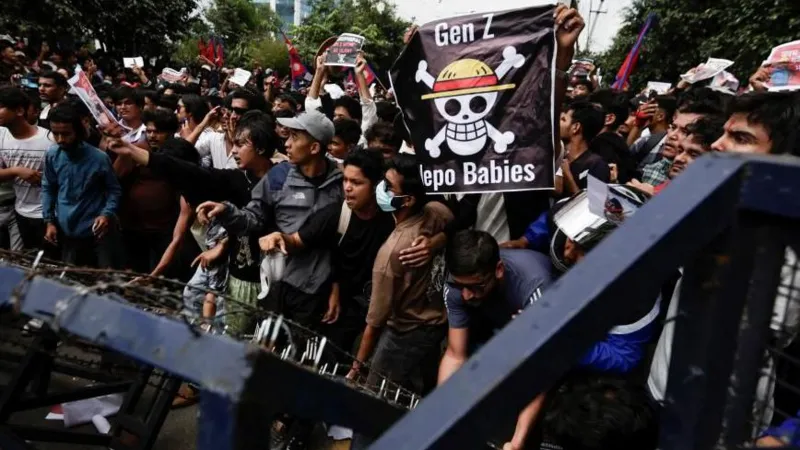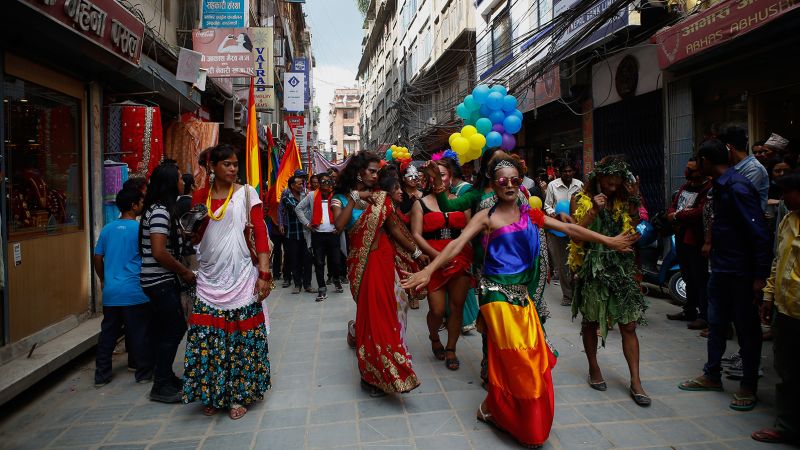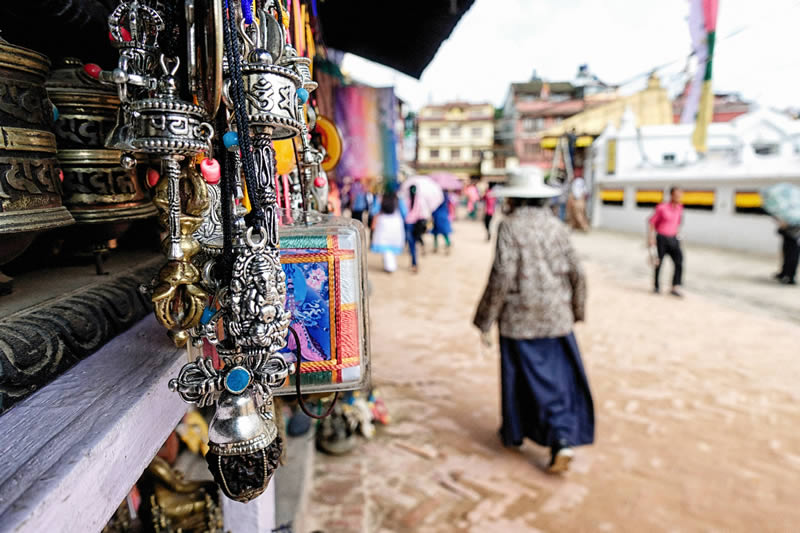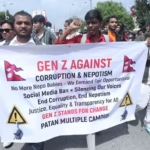Now Reading: Polygamy, Polyandry and the 2025 Family-Law Flashpoint in Nepal: What the Draft Changes Mean and Why People Are Alarmed
-
01
Polygamy, Polyandry and the 2025 Family-Law Flashpoint in Nepal: What the Draft Changes Mean and Why People Are Alarmed
Polygamy, Polyandry and the 2025 Family-Law Flashpoint in Nepal: What the Draft Changes Mean and Why People Are Alarmed
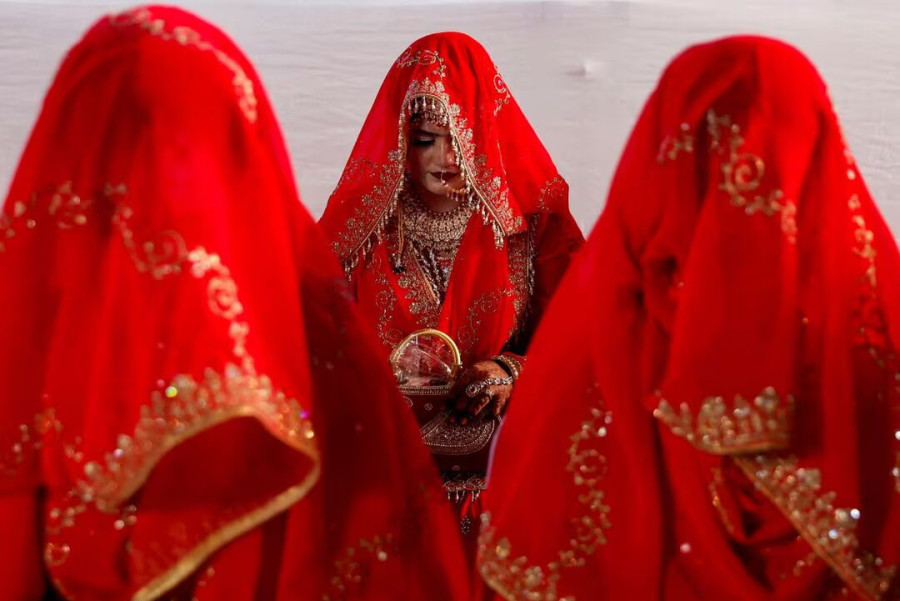
Nepal is once again at the center of a heated legal and social debate: proposed amendments to family and criminal law that critics say would weaken the country’s longstanding ban on polygamy and blur the legal distinction between polygamy and polyandry.
Nepal is once again at the center of a heated legal and social debate: proposed amendments to family and criminal law that critics say would weaken the country’s longstanding ban on polygamy and blur the legal distinction between polygamy and polyandry. For many Nepalis — activists, lawmakers, legal experts and ordinary citizens — the proposed changes have raised a simple but urgent question: is the goal genuine gender equality under the law, or an unintended rollback of protections that have helped women navigate a patriarchal social order? Recent coverage and public reaction have made this one of the most-read and most-discussed legal stories in Nepal in 2025. KhabarhubmyRepublica
What exactly is proposed?
At the heart of the controversy is an amendment to the Criminal Code (Article 175) and related family-law provisions. According to reports, the draft would carve out conditions in which a second marital relationship — previously treated as void and criminalized for men — might be retained rather than automatically being rendered invalid when the second partner becomes pregnant or gives birth. Put another way, the amendment appears to introduce exceptions that could allow a second union to stand in certain specific circumstances — a change that critics say amounts to a partial legal recognition of polygamous unions. KantipurKhabarhub
This is being framed by some government officials as a move toward “gender-neutral” treatment: if a law treats men and women differently, they argue, it should be corrected to avoid unconstitutional sex discrimination. But opponents insist that placing men and women on the same legal footing here would remove gender-specific protections that were designed to shield women in unequal social and economic settings. Khabarhub
Historical and legal background: Why Nepal banned polygamy
Nepal’s modern legal stance on multiple marriages has its origins in post-monarchical reform and a series of criminal-code updates designed to protect women’s rights and family stability. For several years prior to these proposals, polygamy had been criminalized: a married man entering into another marriage could face jail terms and fines, while women had different legal options and remedies. Those protective differences were part of a legal architecture that aimed to correct power imbalances in family and social life.
When the Criminal Code was updated in 2074–2075 BS (roughly 2017–2018 CE), the criminal prohibition on polygamy was made clear and enforceable, reflecting years of pressure from women’s rights groups and international human-rights frameworks. The draft amendments under discussion now would alter that settled balance, at least in specific, targeted circumstances. Rising NepalmyRepublica
Key actors and positions
- Government / Law Ministry: Some members of the Law, Justice and Parliamentary Affairs Ministry have defended the draft on grounds of equality and legal coherence; law-makers supporting revisions say the intent is to ensure both sexes are treated equally by statutes. At the same time, senior officials have periodically tried to calm the public by saying no intention exists to broadly legalise polygamy and that ambiguous language will be revised. Khabarhub+1
- Parliamentarians and political leaders: Opposition politicians and some ruling-party MPs have publicly denounced the proposal, calling it untimely and contrary to social norms. Several lawmakers have demanded either withdrawal or major clarification of the draft. Khabarhub
- Women’s organizations and civil-society bodies: Major women’s associations, the National Human Rights Commission (NHRC) and other civil-society groups have been strongly critical — calling for consultations, warning of long-term harm to women and children, and asking that the draft be withdrawn or heavily revised. The NHRC in particular has urged broad stakeholder consultations before any such legal change. myRepublicaKathmandu Post
- Media and opinion writers: Editorials and analyses from national outlets have been emphatic: some label the draft a betrayal of gender justice; others caution that the state must carefully balance constitutional equality with the social realities that make protective differentiation necessary. Kathmandu PostOnline Khabar
Why the change is contentious — three core reasons
- Protection vs. Formal Equality
Legal equality (treating men and women the same) is a central constitutional principle. But Nepal’s legal system — like many others — has long accepted certain “protective differentiations” (laws written differently for women) as corrective measures where social realities leave women more vulnerable. Critics say stripping away those protections in the name of neutral equality risks exposing women to greater harm in a patriarchy-shaped world. Khabarhub - Practical and social consequences for women and children
If polygamous unions are effectively allowed to stand under certain circumstances, the social, economic and legal consequences for women and children can be severe: disputed inheritance, custody confusion, weakened spousal maintenance claims, and increased risk of economic marginalization for women. Women’s groups warn that the law may create a “semi-legal” status that neither protects the second partner nor provides full rights, producing long legal limbo and social stigma. Online Khabar - Precedent and message
Allowing exceptions to a ban on polygamy sends a broader signal about the direction of family law. Many activists fear it would reverse decades of incremental legal progress made after heavy campaigning by women’s rights movements. The symbolic message — that the state is willing to tolerate multiple unions under some conditions — matters politically and socially. myRepublica
Comparative context: polyandry and cultural considerations
Nepal’s cultural landscape is diverse. Certain Himalayan communities historically practiced brother-sharing of wives (fraternal polyandry) for economic and land-preserving reasons. Any legal discussion that treats polygamy and polyandry identically risks ignoring these community-specific practices and social rationales. That background complicates arguments that rely solely on binary equality frames; lawmakers must weigh cultural nuance alongside universal human-rights principles. Reporting on the debate has repeatedly emphasized that legal reform must be sensitive to local traditions even while protecting vulnerable persons. Khabarhub
Who stands to gain or lose?
- Potential beneficiaries: In the short term, certain men and their second partners might avoid criminal penalties and obtain some legal recognition for children born of extra-marital relationships. The law’s proponents sometimes present the changes as protecting “the rights of the second woman and her children.” Kantipur
- Potential losers: Women’s organizations, single mothers, and children in complicated family situations fear the greatest harm. Campaigners argue that the draft will weaken women’s legal protection, embolden men to enter substitute unions knowing the law may now afford them protection, and increase family instability.
The political and legislative process — what could happen next
The draft amendment has prompted parliamentary questions, public protests and urgent meetings of legislative committees. Some ministers have signalled willingness to revise ambiguous language after public pushback. The process now looks poised to continue in a highly politicized atmosphere: either the government will withdraw or heavily redraft the problematic clause, or it will attempt to push the language through and face sustained civil-society and parliamentary opposition. Several bodies — including the NHRC — have demanded more stakeholder consultation before any vote. myRepublicaKathmandu Post
Legal analysis: pitfalls in drafting and implementation
- Ambiguity invites litigation. Drafting exceptions to a criminal ban without precise triggers (e.g., what conditions preserve a second union?) will produce court battles and inconsistent judgments.
- Rights of children. Any recognition of second unions must clarify the citizenship, inheritance and maintenance rights of children born under such circumstances. Lack of clarity will produce legal limbo and prolonged human costs.
- Enforcement asymmetries. Given entrenched gender norms, enforcement is likely to be biased against women. Even “gender-neutral” wording can produce gendered outcomes if policing, prosecution and social support remain biased.
- Human-rights obligations. Nepal is party to international commitments that require the protection of women and children. Lawmakers must reconcile domestic reforms with these obligations to avoid regressions. (For detailed commentary on hazards, see legal analyses and editorials in local outlets.) Online KhabarKathmandu Post
Voices from the ground (how Nepalis are reacting)
Coverage shows intense public debate: editorials calling for the withdrawal of the draft, women’s organizations issuing memoranda, and political leaders publicly condemning any step toward legalizing polygamy. Social media is amplifying both alarm and confusion — some citizens interpret the move as an outright attempt to legalise polygamy, while officials deny that is the objective. The mixed messages have increased distrust and prompted calls for an open, transparent consultation process. KhabarhubFacebook
Recommendations for policymakers (practical steps)
- Immediate moratorium on any vote until broad public consultations are completed.
- Commission a stakeholder review including experts in family law, gender studies, representatives of communities with traditional polyandrous practices, child-rights experts, and human-rights bodies.
- Draft precise, narrow language if any remediation is necessary — avoid broad exceptions that could be misused.
- Guarantee safeguards for children and women (inheritance, custody, maintenance) before any recognition of additional unions is contemplated.
- Publish impact assessments (social, economic, gender) to allow public scrutiny of any proposed change. These practical steps would reduce litigation and trust deficits while ensuring any change is rights-respecting and evidence-based.
Conclusion
The recent debate over polygamy and polyandry in Nepal is not simply a juridical technicality — it is a contest about the kind of social contract Nepalis want. At stake is whether the state will prioritize literal gender neutrality in statute language or continue to recognize carefully targeted protective measures that respond to unequal social realities. Whatever the outcome, the draft has already become a focal point for public debate, and it will likely reshape conversations about gender, law and social protection in Nepal for years to come. Meaningful, transparent consultation and careful drafting are the only prudent paths forward.
